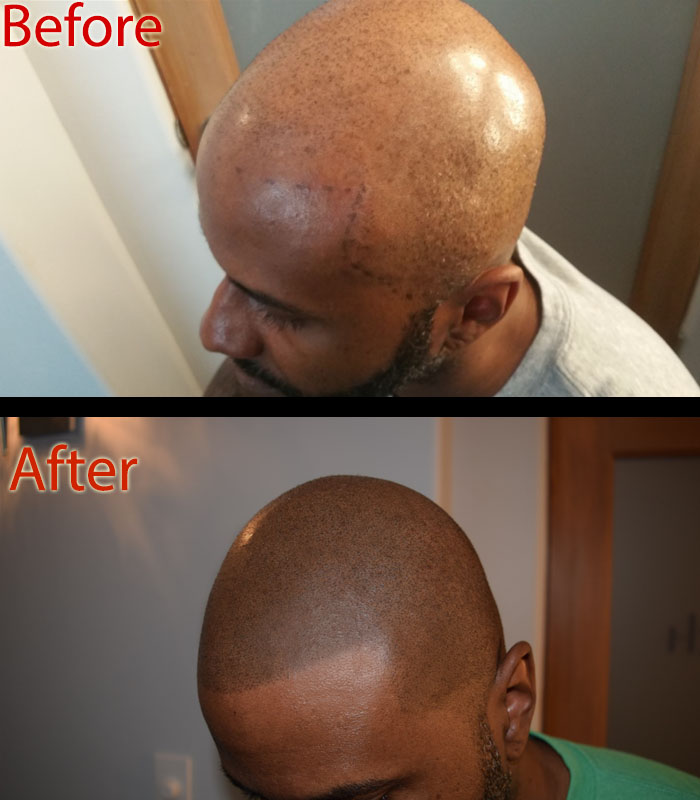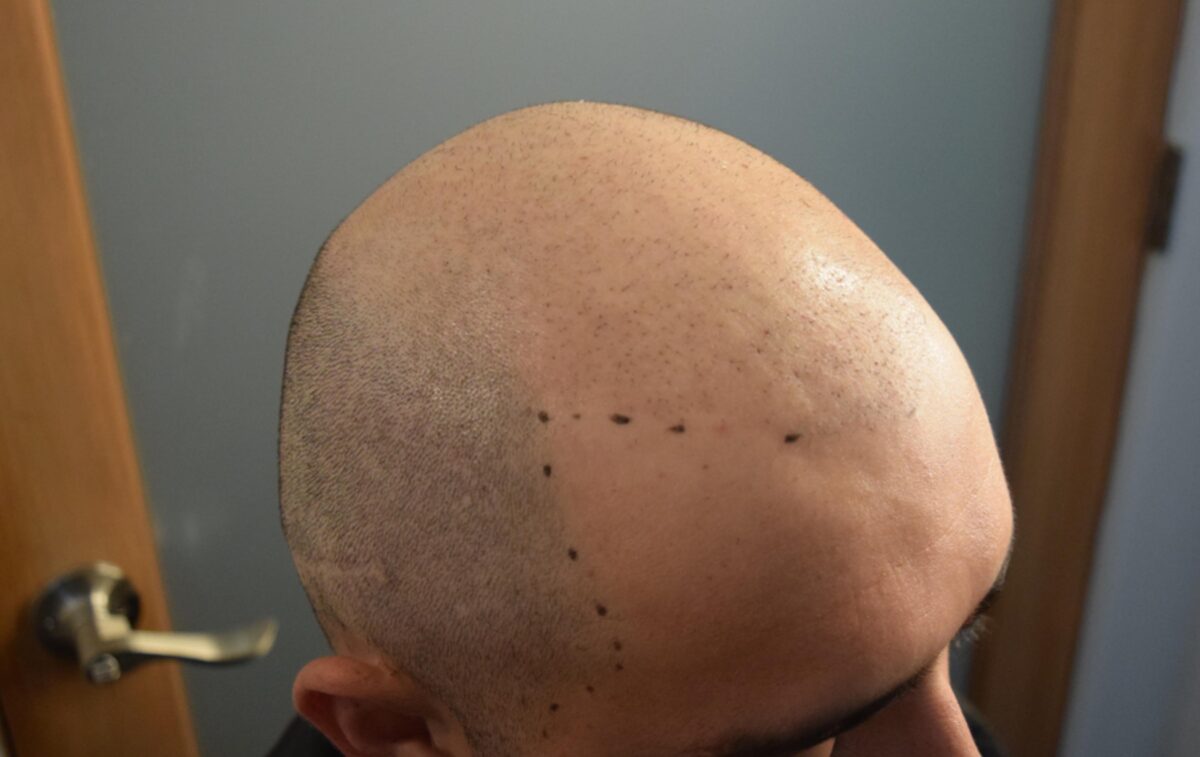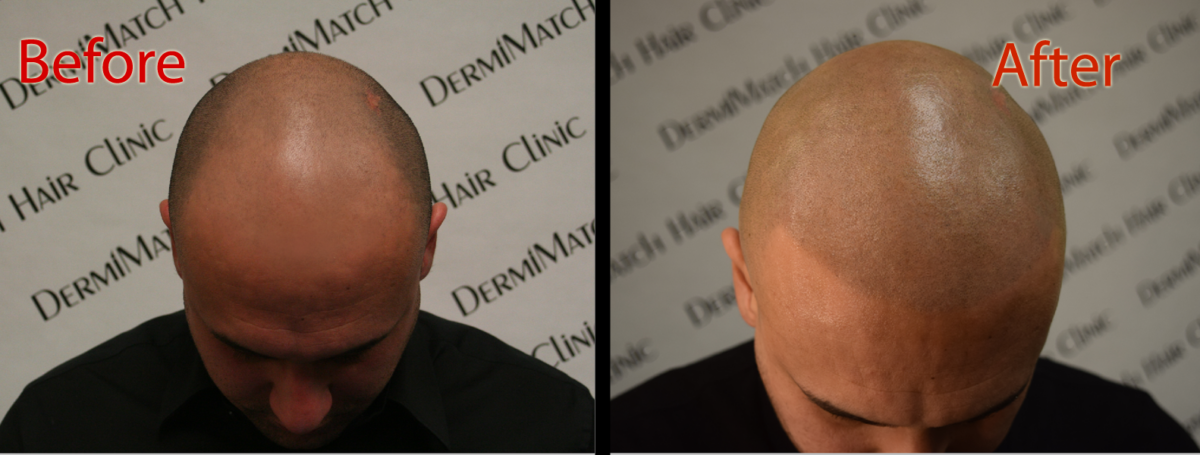Now that you have decided to choose scalp micropigmentation to conceal your hair loss problems, you may want to consider SMP aftercare tips. One question that often pops up in the minds of clients is: how to shave the head with SMP? In fact, shaving is a big deal for some people with SMP. But the beauty of the treatment is its low maintenance and of course, little upkeep. So let’s see how to go about shaving your head after scalp micropigmentation.
Tips To Shave Head with SMP
The beauty of the scalp micro pigmentation treatment is its low maintenance and little upkeep. After the procedure, you may need to shave your head 2-3 times a week to keep SMP looking fresh.
Get yourself a Trimmer
Pick the brand that works for you in getting a clean job done.
Clean the Trimmer for a safe job
You cannot overlook the need to keep the trimmer clean as it will be your best friend during shaving projects. Of course, you need it a few times per week. Dust off excess hair.
Angle the Trimmer for a better finish
When using the trimmer, you may want to angle it so the clipper glides against the hair.
Don’t forget to gently Stretch Skin while gliding
Without applying too much pressure, let the clipper do its job. it’s best to stretch the skin and glide to get a clean site to work with.
Go Against the Grain when you choose to shave the head with SMP
You can remove extra hair when you go against the grain. This guarantees a clean look and a symmetrical buzz.
To Go Over SMP Or Not
If you want your scalp micropigmentation treatment to look clean, you cannot ignore this step. Shave over SMP to clear up any peach fuzz.
When should you start shaving after SMP?
This is one of the most important questions and the most frequently asked in SMP circles. Clients don’t want their SMP to fade. They wonder if shaving is possible after scalp micropigmentation and how to go about it. Well, shaving is sometimes a necessity after SMP to make the scalp look fresh all the time.
Avoid touching your head immediately after the procedure. You don’t want to introduce any bacteria or germs to the newly pigmented scalp. The best SMP practitioners will advise you to wait for at least 4 days before shaving the scalp.
What shave is best for SMP?
You may want to choose a shaver that cuts closely to the scalp. The goal is to get a cleaner cut so the stubble looks like a shaved head. It is in your best interest to invest in quality razors to reduce the risk of skin irritation.
How often do you shave with SMP?
Your scalp artist will suggest a shaving routine. However, this depends on the speed of your hair growth. You may need to shave every 2-3 days. On a side note, the shorter you keep your hair, the less noticeable the SMP!
If you are still wondering whether you should shave the head after SMP, schedule a consultation with expert scalp artists at DermiMatch Clinic. The Phoenix SMP team at the clinic is the best in the industry.










